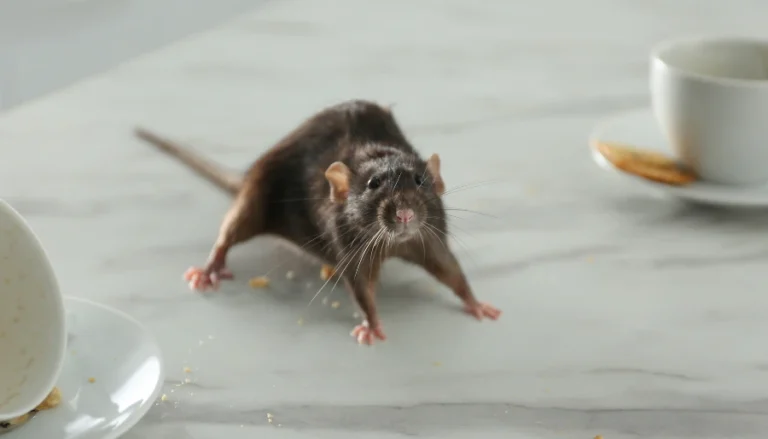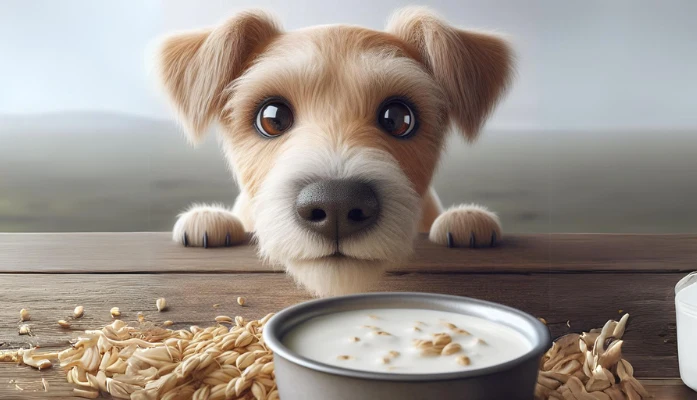Yes, that does say Finches. If you are interested in owning a finch, you have to be aware that Finches shouldn’t be kept alone, they should be kept in a pair or small group. If you’re ready to be responsible for more than one bird, Finches are a great choice for first time bird owners.
Beyond being delightful, Finches are active, small and relatively quiet with merely simple cheeping.
Finches also are perfect birds for people that are interested in keeping birds, but don’t have the time to dedicate to give the one on one attention that other bird species require.
Unlike parrots and most other pet birds, Finches don’t like to be handled. Instead, they prefer the company of their cage mates. Essentially, if you want a bird to cuddle and play with, Finches are not for you.
Follow this guide to help you give your new Finches the care they need to live healthy, happy lives.
It’s important to gather all the supplies you will need and have the cage ready before bringing your Finches home.
Supplies You Will Need
Caging
You will need to get a cage that is at least 30 inches long by 18 inches wide and 18 inches deep. The bars shouldn’t be wider than 1/2 inch for up to three birds. This type of cage is referred to as a flight cage.
Finches are active and need a longer cage to allow them to fly easily. It’s important to allow limited flight to keep your finches healthy. The cage should be made of bird safe metal.
You’ll need at least two perches, but three is preferable. Wood dowel perches can cause foot problems for your birds.
Instead, choose perches made of rope, plastic or Manzanita branches. It’s beneficial to get a Pedi-perch, these perches are designed to keep your bird’s toenails trimmed.
The perches should be 3/8 to 7/8 inches in diameter. Avoid placing perches over the food and water dishes to help prevent droppings from getting into them. Most cages will have at least two dishes included with them, but you should get a 3rd dish for fresh foods your finch will need in their diet.
Consider giving your finches a swing to sit on in their cage, as well as a nest made for Finches and some nesting material. Finches like to nest.
I highly recommend the use of a cage skirt if your cage doesn’t have a seed guard. This will help keep the area around the cage cleaner by preventing the seed hulls, bedding and feathers from being scattered out of the cage.
Bedding
You can use newspaper to line the cage, or you can use a recycled newspaper type bedding such as Carefresh or Yesterday’s news.
Cage Placement
Your finches should be in a quiet area that is free of drafts and out of reach of other pets.
Finches need sunlight daily, you can place them near a window (be sure it isn’t drafty) but keep one half of the cage in the shade to allow the birds to move out of the sun if they become too hot.
Never put your bird’s cage in the kitchen, this is dangerous for your bird due to the risk of fumes, smoke and heat.
Feeding
Finches need a high quality, fortified seed or pelleted blend made specially for finches.
There are benefits to feeding your birds a pelleted diet, they are nutritionally complete and less messy (no seed hulls). Now, unless the birds you bought are already eating a pelleted diet, it’s not easy to switch them to pellets.
Pellets aren’t readily accepted by birds, and you have to slowly transition your birds from seeds to pellets. It’s important to be very careful during this process to ensure that your bird doesn’t starve, birds have very high metabolisms, and can’t go without food for even short periods of time.
It’s recommended to consult an avian veterinarian before starting your birds on pellets.
When feeding a seed diet, you will need to remove the seed hulls from the top of the dish at least once a day.
Your finches should also be offered fresh vegetables and fruits daily. Be sure to limit fruit to very small amounts due to high sugar content, and only offer healthy treats.
Finches will forage throughout the day, so it’s best to offer the fresh foods in two separate feedings. Provide their nutrition once in the morning and again in the late afternoon.
Remember to remove any uneaten fresh food after two hours to prevent spoiling.
The vegetables and fruits should be chopped into very small pieces to allow your finches to eat them easily.
I’ve included a list of safe and unsafe foods below.
Water should be available at all times, and it should be changed daily or any time it’s soiled.
Cleaning
You will need to change the cage liner or newspaper at least every other day.
If you’re using a bedding, you must remove any clumps of droppings every other day and completely change it weekly.
Fresh food and water dishes should be changed and cleaned daily.
The dry food dish needs to be cleaned daily and be completely emptied and cleaned at least weekly. Any flooring including wire grates and all perches should be removed and cleaned at least once a week to remove any accumulated stools.
The cage itself should be thoroughly cleaned and sanitized monthly.
Health
It’s important to watch your finches for any signs of illness. If They’re showing any of the signs listed below, you need to have them examined by a veterinarian that specializes in birds.
Keep an eye out for the following signs of illness:
-
- Discharge from the eyes or nostrils
- Ruffled or patches of plucked feathers
- Wet or soiled vent (rear end)
- Loose or discolored stools
- Coughing or wheezing
- Sitting at the bottom of the cage
- Change in eating and drinking habits
- Red swollen eyes
It’s also critical to keep an eye on your bird’s toenails and beak for any overgrowth. Have a vet trim the beak and the toenails, at least for the first time, to show you the proper way to do these procedures.
After you are shown the proper method, you can trim your bird’s toenails and beaks at home using an infant nail trimmer. Be sure when doing this at home to keep some styptic powder or cornstarch nearby in case you cut into the quick (vein that is in the nail) in the toenails. If it happens, just apply a small amount to the toenail and apply pressure to stop the bleeding.
You will want to provide a shallow dish of water in your bird’s cage every few days to allow your birds to bathe. You may also use a spray bottle on the mist setting to mist your birds every few days. This helps keep their feathers and skin clean and healthy.
Choosing Your Birds
Finches come in a variety of browns, gray and white as well as a few that are brightly colored. Be sure to purchase the number of birds you want at the same time and preferably the same cage.
If you try to add a new bird later on, it could be bullied by the resident birds, so be careful adding new birds.
You can purchase your birds from a pet store or a breeder, just be sure that they are kept in a clean environment.
5 Most Popular Finch Breeds in America

Zebra Finch
The life expectancy of a zebra finch is seven to 10 years. Males of the species have a chestnut coloring with a bright red beak. This finch is the most common songbird in Central Australia.

Society Finch
Known as the Society finch in North America and the Bengalese finch everywhere, this domesticated finch is actually not found in nature and was likely developed in China or Japan.

Java Finch
Also known as the Java sparrow, this finch is native to Java, Bali and Indonesia. These birds should not be a solo pet as they are to prone to depression if alone.

Spice Finch
This sparrow-sized finch is native to tropical Asia. In the wild, these birds form flocks of as many as 100 birds, making them particularly social.

Gouldian Finch
Also known as rainbow finches, these are social birds that love interacting with other finches but do not tolerate human handling. Don't expect this bird to perch on your finger, as they're very reluctant to be held.
List of Supplies You Will Need for Your Finches
- Cage that is 30 inches long x 18 inches deep and 18 inches high. Cage bars shouldn't be spaced more than 1/2 inch apart. This type of cage is referred to as a flight cage.
- Three food and water dishes.
- Three perches (1/4-inch to 1/2-inch in diameter made of rope, plastic or Manzanita branches.
- Bedding (newspaper or recycled newspaper type bedding such as Carefresh or Yesterday's News)
- Grit
- Nest and nesting materials
- Toys (swing, ladders, ropes)
- High-quality fortified finch seed blend or pellets (avoid artificial colors or flavors).
- Cuttlebone
- Bird bath (can also use a shallow dish or spray bottle)
- Cage skirt
- Cage cover (can also use a sheet or towel)
Foods That Are SAFE For Finches
-
- Spinach
- Dark leafy greens
- Carrot tops
- Shredded carrots
- Broccoli florets
- Parsley
- Lettuce (no Iceberg)
- Peas
- Green beans
- Red and Green peppers
- Tomatoes (no stems or leaves)
- Sprouted seeds
- Cooked dried beans (not canned)
- Winter squash
- Pumpkin
- Sweet Potato (no skin)
- Apples (no seeds)
- Pears (no seeds)
- Grapes
- Berries
- Peaches (no pits)
- Cherries (no pits)
- Citrus
- Bananas
- Hard-boiled eggs (crushed with shells)
Foods That Are UNSAFE For Finches
-
- Iceberg lettuce
- Celery
- Mushrooms
- Avocado
- Potatoes
- Dry beans
- Tomato leaves and stems
- Rhubarb
- Raw eggs
- Milk and dairy products
- Moldy food
- Coffee
- Tea
- Chocolate
- Alcohol
- Salty, sugary or fatty foods






















